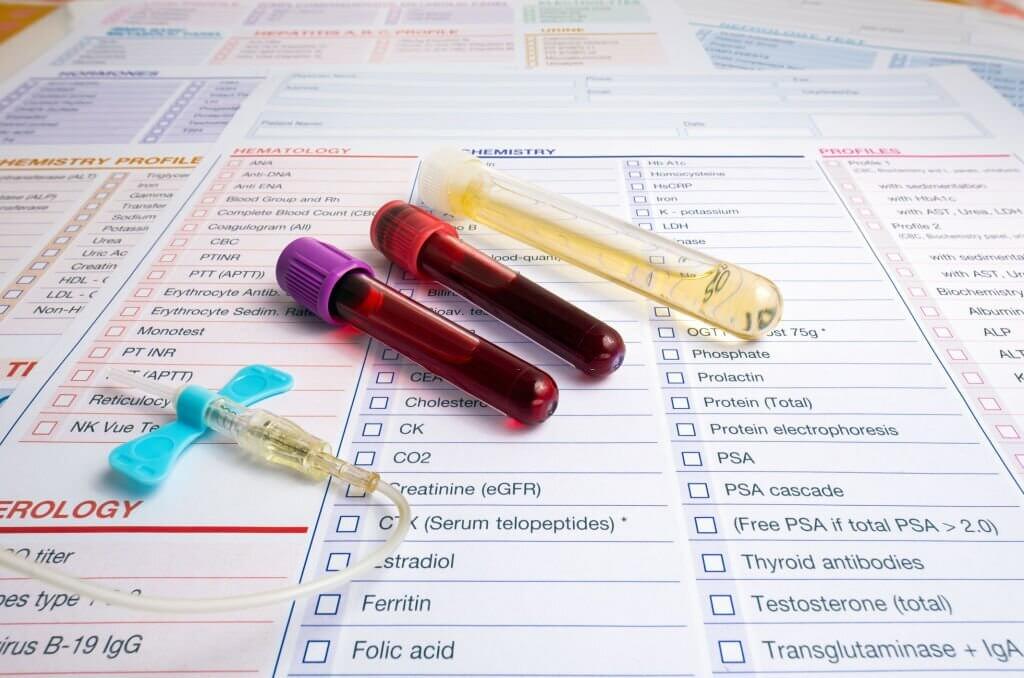News and Blogs
UTI Stops DNA Degradation in Frozen Forensic Urine Samples

Urine represents an abundant and easily accessible biological material that could provide an alternative source of DNA for forensic genotyping and identification. However, DNA from urinary epithelial cells and cell-free DNA tends to degrade rapidly from enzymatic, chemical, and microbial damage during storage. This prevents urine from being used when ideal tissues are unavailable. A study in 2011 tested whether adding urinary trypsin inhibitor (UTI) could sufficiently stabilize urinary DNA during frozen storage to enable subsequent profiling. Their findings demonstrate that UTI preserved DNA integrity and allowed successful genotyping after extended frozen storage. With further validation, this approach could expand the range of samples amenable to forensic DNA analysis when conventional high-quality sources are limited.
Can DNA in urine samples be used for forensic genotyping?
Forensic investigations often require identification of individuals from biological samples. In addition to blood and other tissues, urine contains epithelial cells and cell-free DNA that could potentially be used for genotyping. However, DNA in urine tends to degrade rapidly due to presence of enzymes, salts and bacteria, limiting its utility. Storing urine prior to DNA extraction and analysis could enable forensic applications, but optimal storage conditions are not established. This study examined whether a urine protein called Urinary Trypsin Inhibitor (UTI) could prevent degradation of urinary DNA during frozen storage.
What was the experimental approach?
The authors collected urine samples from 10 healthy volunteers (5 males, 5 females) in China. Aliquots of the samples were stored with different concentrations of UTI (0, 0.1, 0.2, 0.4, 0.6 mg/mL) at -80°C for 1-13 days. DNA was extracted using a Chelex-100 protocol and genotyped at 15 STR loci using a commercial kit. Detection rates of the loci were compared between UTI-treated and control samples to assess DNA stability.
What were the main findings?
UTI significantly improved average detection rates of STR loci in both female and male urine samples over 13 days of storage compared to no UTI controls. For female samples, 100% detection was maintained for 9 days with UTI. For males, detection showed a linear correlation with time (R^2 >0.95) at all UTI concentrations, exceeding no UTI controls. UTI concentrations of 0.2 mg/mL or higher gave optimal results, with no significant differences between them. Male urine DNA degraded faster than female.
What was the significance?
This study showed UTI could substantially improve stability and genotyping success of DNA in frozen urine samples from both genders. A UTI level of just 0.2 mg/mL was sufficient. The results could enable forensic identification from stored urine when sample switching or handling is suspected. Urine is a non-invasive sample that may be available when other tissues are not.
What questions remain?
The authors note further investigation is needed on sources of variability between urine samples and causes of DNA degradation. Their subject population was limited to healthy Chinese adults so findings may not generalize. Testing on urine samples from a wider population, stored under various conditions and for longer periods would strengthen conclusions. Comparisons to other stabilization methods could reveal if UTI is superior. The mechanism of UTI's protective effects is unclear.
How might this impact forensic genetics?
This study provides proof-of-concept that urine DNA can be stabilized for genotyping by UTI addition during frozen storage. If supported by further validation, this approach could expand the repertoire of samples usable in forensic DNA analysis. Stored urine could provide an alternative source when ideal tissues like blood or buccal swabs are unavailable due to corpse decomposition or other reasons. Collection is non-invasive so may be preferable for victims. But adherence to quality controls will be critical, as urinary DNA yields are low and degradation likely.
What are perspectives for future studies?
Next steps could include testing effects of UTI in urine samples from diverse donors, over longer storage times, and under various temperature conditions. Direct comparisons to other chemical stabilization methods would reveal any advantages of UTI. Understanding UTI's mechanism of DNA protection may suggest additional preservative agents. Cost-benefits of UTI versus simply extracting DNA immediately should be weighed. Ultimately, full validation following forensic guidelines would be needed before implementing UTI stabilization of urine samples in casework. But this initial study demonstrates the potential.
Click to View → Mantacc Transport Mediums
References
Suhua Zhang, Shumin Zhao, Ruxin Zhu, Gong Zhang, Chengtao Li, UTI preventing DNA degradation of storing urinary samples for genotyping, Forensic Science International: Genetics Supplement Series, Volume 3, Issue 1, 2011
Related Posts
How to Prevent DNA Degradation in Urine Samples?
Systematic Optimization of Urine DNA Isolation for Microbiome Sequencing
Enhance DNA Extraction from Urine Using Tris-EDTA Treatment
Efficiency and Convenience of DNA Collection Using Buccal Swabs
The Potential of Buccal Swab for DNA Age Prediction
Comparison of Different DNA Testing Techniques and Their Applications
How Should DNA Sample Collections Be Managed?
The Forensic Swab: Championing Effective DNA Evidence Collection
The Science of Detection in Forensic Drug Testing and Specimen Collection Methods






